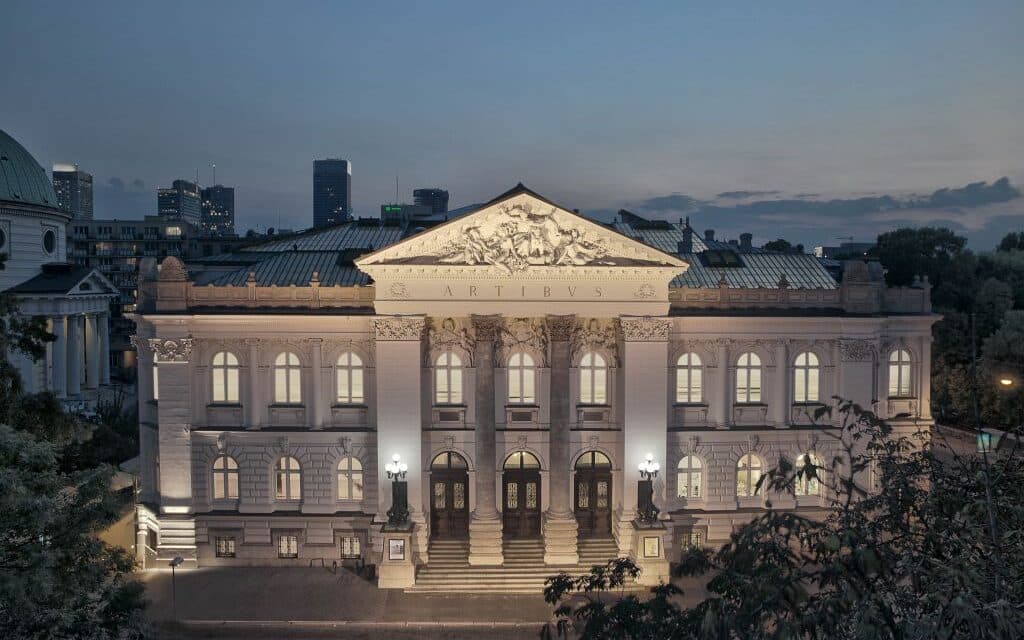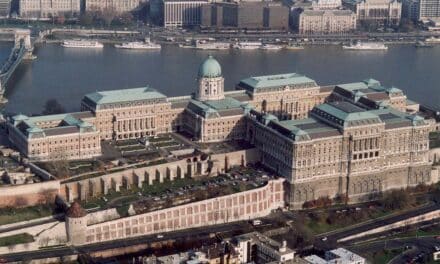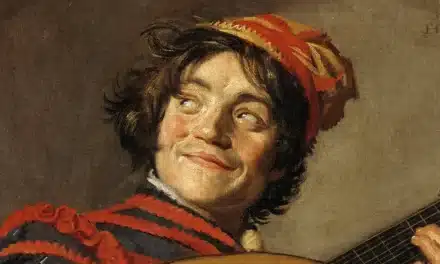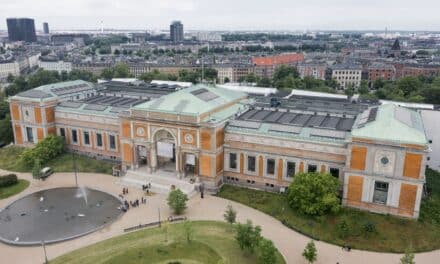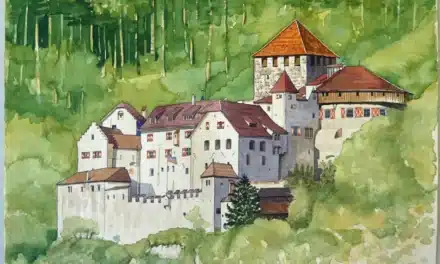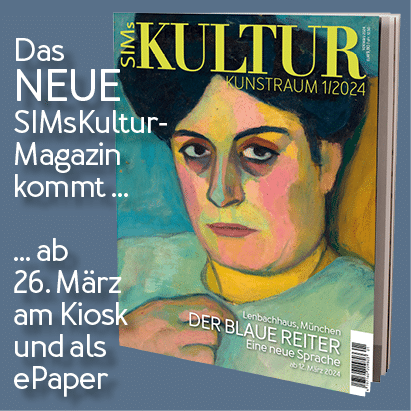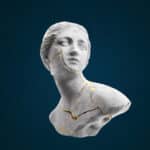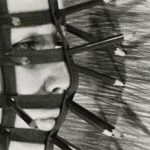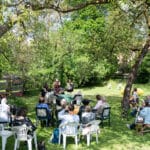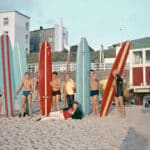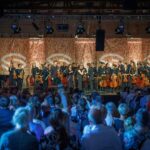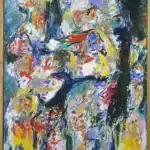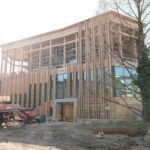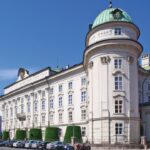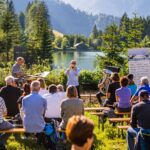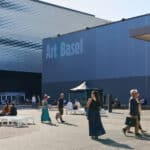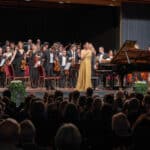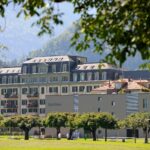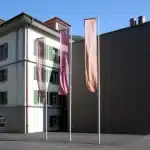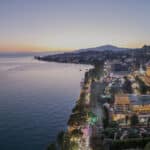Painting is one of the art forms in which competition is particularly fierce. It is no easy task to create your own language, your own unmistakable and recognizable style. It is even more difficult to say something really meaningful with your painting. Ignacy Czwartos has succeeded in doing both.
His particular use of a spectrum of subtle beige tones, various shades of white and soft blues, enriched with "muddy" greens and dusky reds, goes well with a harmonious rigor of form that manifests itself in his creations of wide, flat surfaces with Parsi objects or geometric figures. All this makes the painter immediately recognizable when you encounter his work!
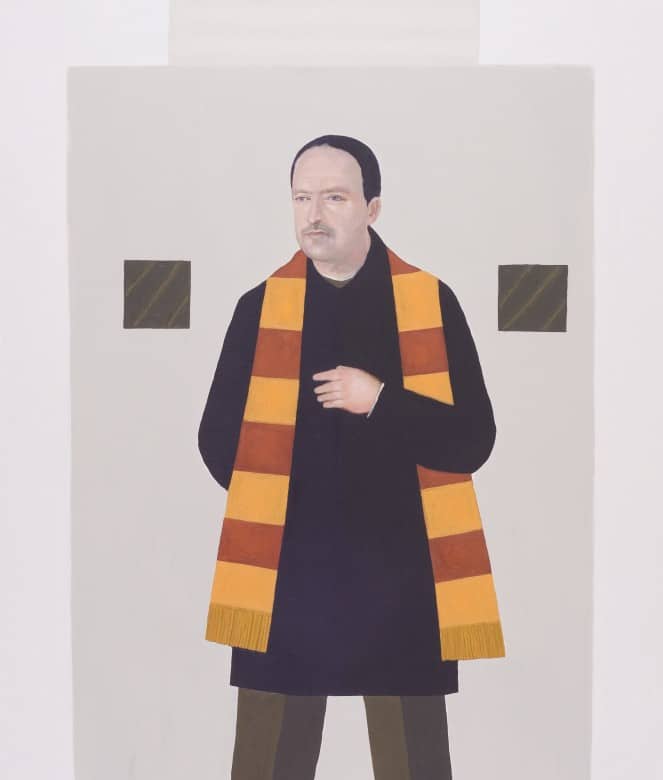
Ignacy Czwartos - The painter kneeling while painting © Zachęta National Art Gallery
And yet his painting, as original and unique as it may be, is deeply rooted in the traditional art of the past. However, it is also reflected in new or even contemporary art. Ignacy Czwartos makes no secret of his sources of inspiration - on the contrary, he has portrayed many of his role models in his paintings: Kazimir Malewicz, Mark Rothko, Andrzej Wróblewski, Nikifor Krynicki, Jerzy Nowosielski and Jarosław Modzelewski are all represented. Some unnamed creators of old Polish aristocratic coffin portraits were also a source of inspiration for Czwartos, and he certainly acknowledges this debt through the style he uses to depict them. Krystyna Czerni and other art critics see Czwartos' art as a continuation of Polish Baroque painting. However, it is not the theatrical Baroque of the late period of the decorative "horror vacui" type, but the autochthonous, modest Sarmatian Baroque of the early period, which was often fascinated by and preoccupied with eternal things. And so this dichotomy between life and death, as in the Dance of Death often depicted in ancient art, is also a recognizable feature of Czwartos' art, as is his unique style. It is present in his most moving and at the same time most emotionally provocative cycle (shouldn't art evoke emotions?), which shows the so-called refugee soldiers who fought in the anti-communist underground after the war.
February 24 to May 28, 2023

